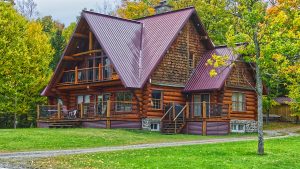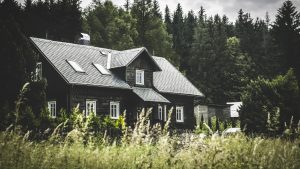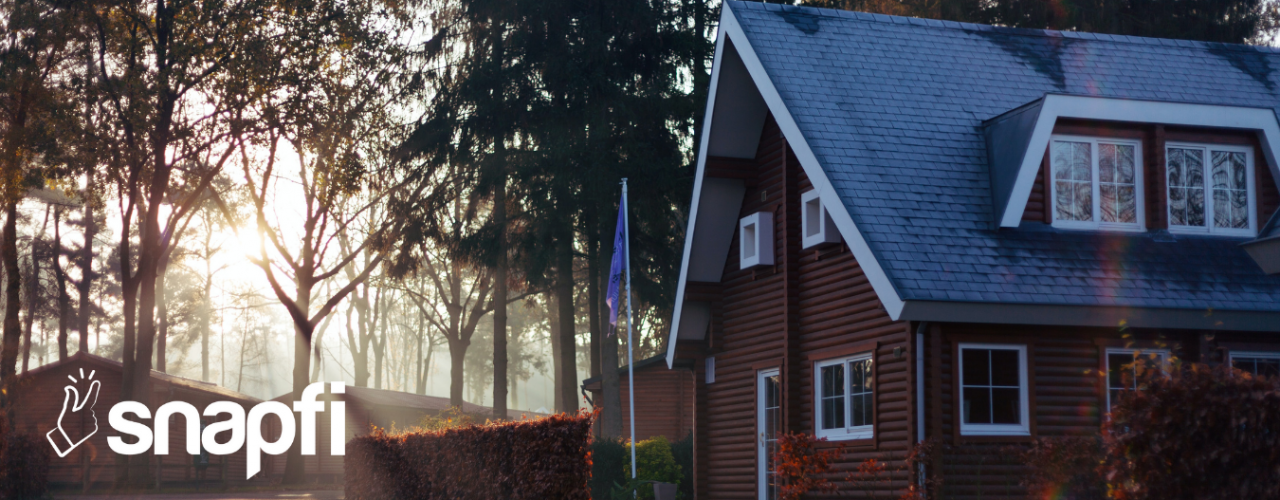
A wildfire can pose a danger to your home, especially if you live in areas with dry, hot weather. Weather conditions such as drought, extreme heat, high winds, and any surrounding vegetation in the environment can all impact how fast a wildfire spreads. So what can homeowners do in preparation for wildfire season? Protecting your home starts with small, manageable steps, and luckily there are many low-cost improvements you can make to fireproof your home from wildfires.
Looking to Move Somewhere less Prone to Wildfires?
Get approved, negotiate the best price, and let our expert team technology deliver an uncomplicated closing. Anytime. Anywhere.
It’s that easy. Let us put our experience to work for you.

1. Keep the ignition areas around your home clear or with limited amounts of vegetation
First and foremost, you’ll want to create defensible zones around your home to reduce the number of fuel sources for a wildfire. The Ignition Zone includes your home itself and the immediate surroundings out to 200 feet and is divided into three subzones: Immediate Zone (0-5 feet), Intermediate Zone (5-30 feet), and Extended Zone (30-100+ feet). When fireproofing your home, start with the house itself and work outwards to remove any flammable materials or debris that could ignite and spark a fire. You’ll also want to understand your home’s level of risk from wildfire damage to prioritize more extensive fireproofing measures.
2. Remove dead vegetation, shrubs, or brush from under trees and around the foundation of your home
Regularly inspect your defensible space by ensuring that there’s no accumulation of dead vegetation or flammable debris within this area. Dead or dry vegetation, such as dried leaves, pine needles, or branches, can quickly become fuel sources for wildfires and should be removed to slow a fire’s spread.
3. Clean out your gutters regularly and clear dead vegetation or debris from your roof
While metal roof gutters don’t ignite, dead vegetation or debris that accumulates on your roof over time can. Be sure to clean out your gutters and roof to remove any leaf litter or flammable materials that could catch embers and cause a wildfire. Also, prune any branches that extend over your home or that are within 10 feet of the chimney.

4. Cover your home with non-combustible Class A materials
The roof is the most vulnerable part of your home and should be made of fire-resistant roofing materials, such as concrete and clay tiles, metal, slate, or composite shingles to give the entire structure a better chance of surviving a fire. Whether you’re replacing an old roof or are looking to upgrade to more extensive fire-resistant roofing, a professional can help determine what type of rating is best for the roofs in your area.
5. Use multi-pane or tempered glass for your windows
Extreme temperature differences from a wildfire can cause single-pane windows to break and crack, allowing wind-blown embers to enter your home quickly. Replace your windows with multi-pane or tempered glass to provide additional protection during a wildfire and reduce the chances of breakage from extreme heat. Make sure to close all windows during a wildfire, as even multi-pane or tempered glass windows will not protect your home if they’re left open.
6. Use non-combustible deck boards designed for wildfire-prone areas
Keeping your deck clear of flammable debris – both on the top and underneath – is a crucial step in enjoying your deck safely during the warmer months. When choosing building materials for your deck, use Class A-rated composite materials made from PVC and wood fiber. It’s also essential to remove any combustible materials from underneath the deck as embers can fall through the board gaps and land on items stored beneath.
7. Make sure your home siding is at least six inches off the ground
If your home’s siding reaches the ground, embers can accumulate as the base of the wall and ignite the siding. To prevent this, make sure to expose at least 6 inches of concrete at the base of the wall or install metal flashing to protect it.



